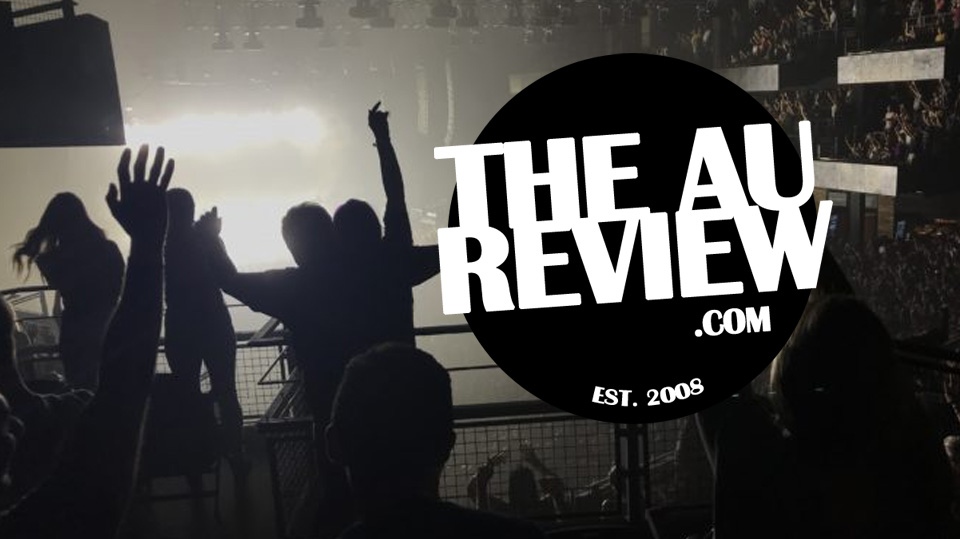

In an extremely bizarre twist of fate, two of From Software’s latest titles have found themselves up against one another in the same release window. The current-gen remaster Dark Souls 2: Scholar of the First Sin arrived on shelves a mere week after From’s PS4 exclusive Bloodborne exploded onto the market with a lot of fanfare. Does Dark Souls 2 with all its remastered bells and whistles still stand up?
The answer is yes. Dark Souls 2 is still an extremely good time, even if it can’t quite ascend to the same dizzying heights of the original Dark Souls or even Demon’s Souls. As veteran players know, this is a much slower-paced game than Bloodborne and its frenzied, aggressive momentum.
The word that leaps readily to mind when I think about Dark Souls 2 is “broad”. Its world is huge, your options are myriad and the many branching paths that lead out of Majula mirror the absolute fortress of stats you have to penetrate in order to successfully grow your character. And grow them you must, with whatever is close to hand. One of Dark Souls 2’s strongest suits is its ability to create in you a giddiness about where a newly discovered item, weapon or piece of armour could take you.
While I always enjoy that sensation, new directors Tomohiro Shibuya and Yui Tanimura’s broad approach sometimes feels a bit like “swings and roundabouts”. Dark Souls and Bloodborne director Hidetaka Miyazaki’s approach has always been detail rich and without his influence, it feels like the scope of the game becomes a bit uneven.
The first thing you’ll notice about Dark Souls 2: Scholar of the First Sin is that it is much prettier to look at than it was before. The resolution and frame rate have both been upped from the previous version and the lighting engine has been reworked too – the shadows in particular now loom large in a way they simply couldn’t before. However, that’s not the only thing that’s changed about Scholar of the First Sin – From Software have gone back and rejiggered enemy and item locations throughout the entire game and the result is the Ocarina of Time: Master Quest version of Dark Souls 2.
I reviewed this with a friend who has sunk a few hundred hours into the original version of the game and at every turn he was surprised and caught out by changes to monster types, numbers and positioning. It makes the game feel fresh again, especially for those who’ve already spent as much time with it as he has. The downside to this is that Dark Souls games are renowned for their lastability and players who have performed numerous playthroughs, working out where all the good farming spots are, will have to start over to a certain extent.
Keeping these inveterate players on their toes is fine and dandy but sometimes the changes feel downright unfair – and that’s saying a lot for a game that prides itself on being as punishingly difficult as this one. Getting into Heide’s Tower of Flame used to be pretty rough going as it was. Now it’s bollock-scorchingly difficult, bristling with Heide Knights who awaken with a jolt and come thundering toward you if you so much as exhale too forcefully. “Okay,” I hear you saying. “No worries, I’ll just go the long way round through the Cathedral of Blue.” Fuck you, there’s a dragon there now. Also, you woke up a moshpit of the same hyper-alert knights you were trying to avoid in the first place and unknowingly kited them all the way over here. So now you’ve got to deal with them and the dragon together. Enjoy.
Look, we all know people play these games for the steep challenge, but there was always a certain amount of grace and delicacy in every battle, and the odds were always better than they appeared on the surface. It was possible to get your block knocked off by Velstadt for the twenty eighth time that day and still retain some fragment of your dignity. Scholar of the First Sin feels rather vindictive by comparison. Weapons now disintegrate with monotonous regularity and always at the furthest point between bonfires. This means you frequently end up having to try and prod enemies to death with a backpack full of broken daggers and a positive outlook on life.
For those who haven’t ever really played a Souls game before, it’s hard to recommend Scholar of the First Sin as a good place to start. People tend to lionise the difficulty of these games to the point of exaggeration but in this case the claims are deserved. If die-hard Souls fans like my friend are getting face-palmed by the game’s sinister new box of tricks, newbies are facing a truly uphill battle.
It wasn’t until I was struck down again and again on the road to Dragonrider (the Tower of Flame’s first boss) that I cracked the shits and called down a few extra players to help me – an option not usually tapped until you find yourself in a truly unbeatable boss fight. Finally, Scholar of the First Sin’s many changes began to make sense to me. The reason the game feels unfair at times, like the reason the online player count jumped from four to six, is now abundantly clear – Scholar of the First Sin is built from the ground up for co-op. My approach to tackling the game’s many challenges changed instantly and I found myself having much more fun with it.
Scholar of the First Sin actually manages to achieve something pretty special – it put the surprise back into Dark Souls 2, even if some of those surprises are profoundly unpleasant. The fact is, if you’ve got the game installed then you’re a fan of the game loop and I could feel it threatening to sink its hooks in. I don’t think it will win the series any new fans but it seems that’s hardly the point. Scholar of the First Sin also contains the full suite of DLC content available for the base game so if you’ve never played through those before, I’d recommend jumping in with a few friends so you don’t end up snapping your controller in half.
Review Score: 7.5 out of 10
Highlights: Looks great; it’s more Souls
Lowlights: Punishingly difficult even by Souls standards
Developer: From Software
Publisher: Bandai Namco
Released: April 3, 2015
Platform: PlayStation 4, Xbox One, PC
Reviewed on Xbox One
———-
